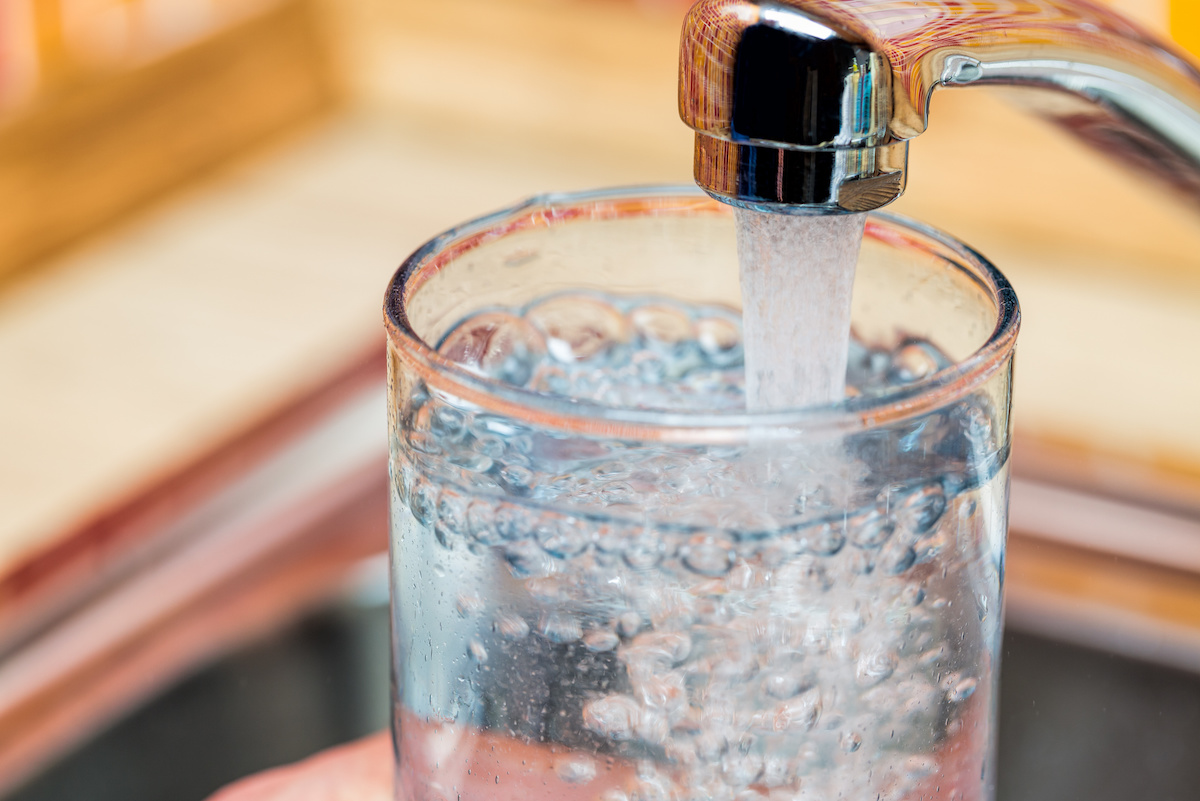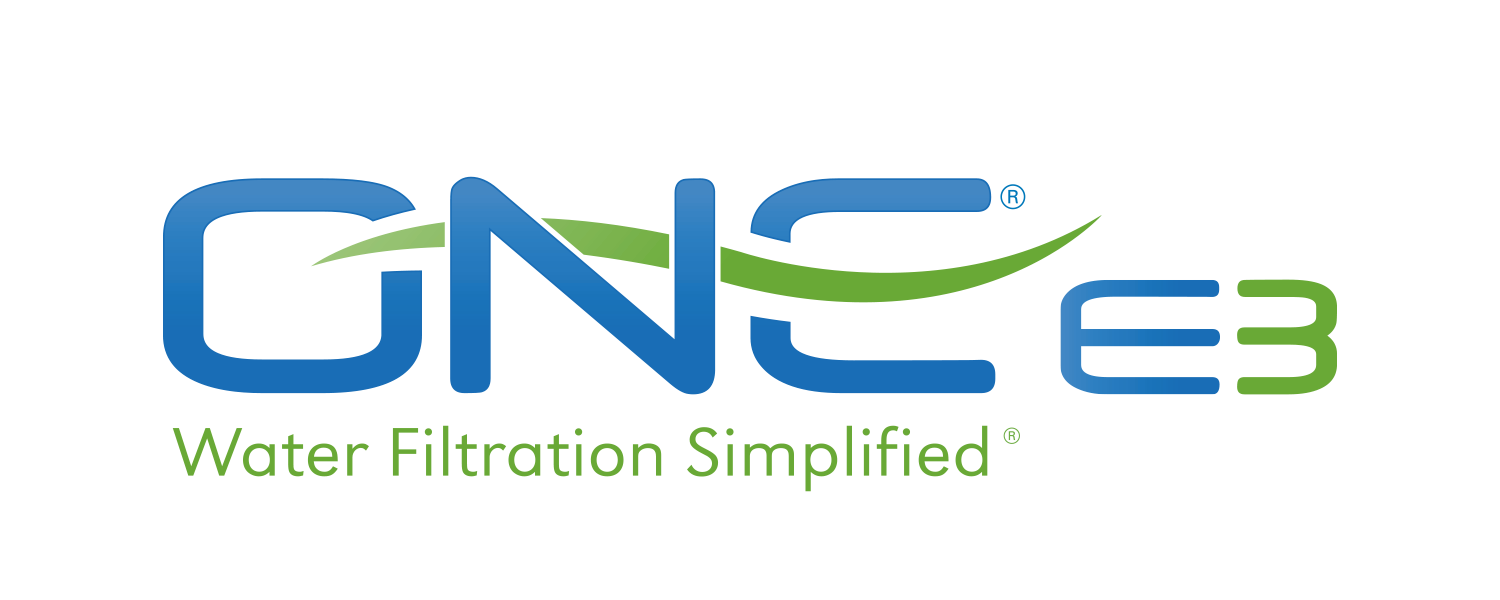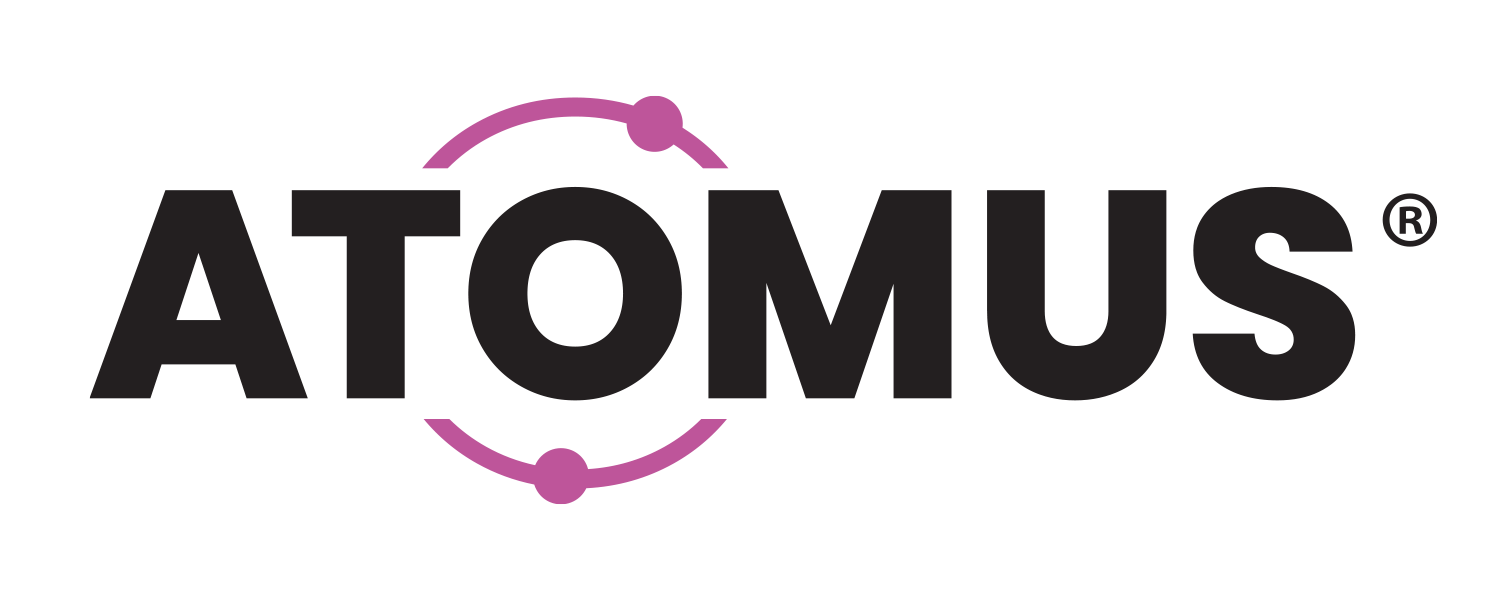Over the past several years there have been a lot of stories about lead contamination in drinking water. From New Jersey to Illinois to California, this problem has spanned communities across the United States, impacting many homes, schools and businesses.
You may be wondering how lead gets into U.S. drinking water. Here’s a quick primer:
- Until they were banned from new construction in 1986 with the Safe Drinking Water Act, lead pipes were the preferred method of delivering water into buildings.
- Lead pipes were typically chosen over other materials (like iron) for use in plumbing and public water systems because they were cheaper and more durable.
- When lead pipes start to corrode as they get older, lead from the pipes can leach into the water that flows through them. This is more likely to occur if:
-
- The water has high acidity or low mineral content (or other chemistry that may increase corrosion)
- The pipes are physically disturbed by construction taking place nearby or a water main replacement
-
- There are currently over 6 million estimated lead service lines still in use across the United States. More than half of these are located in the Midwest.
Lead exposure remains a health risk for all individuals—especially for children. There is no safe blood level of lead. If you believe your water may be at risk for lead contamination, make sure to have it tested. There are certified water filters that can remove lead.



